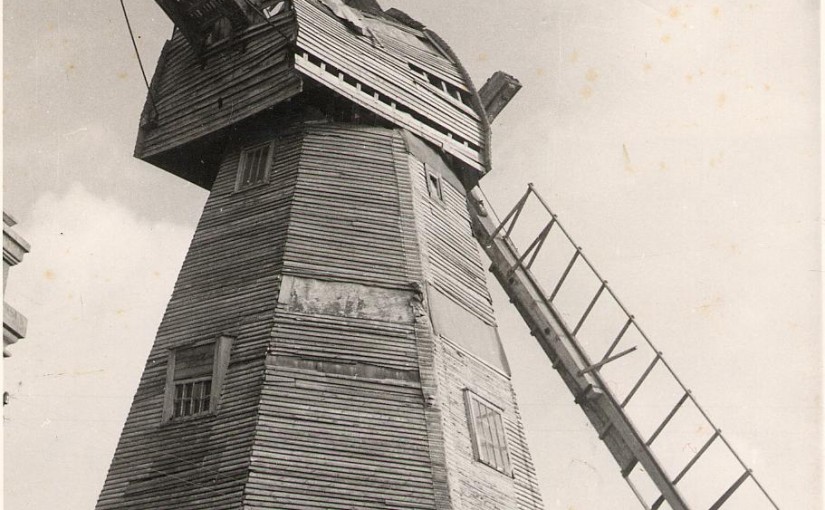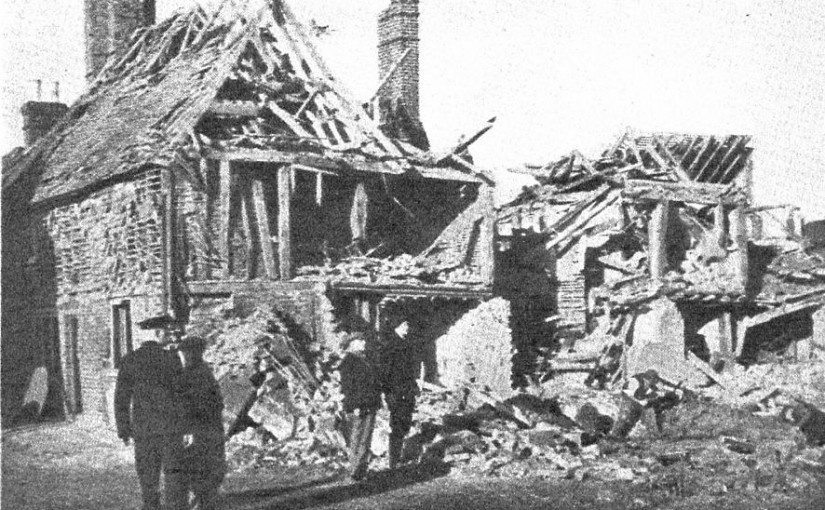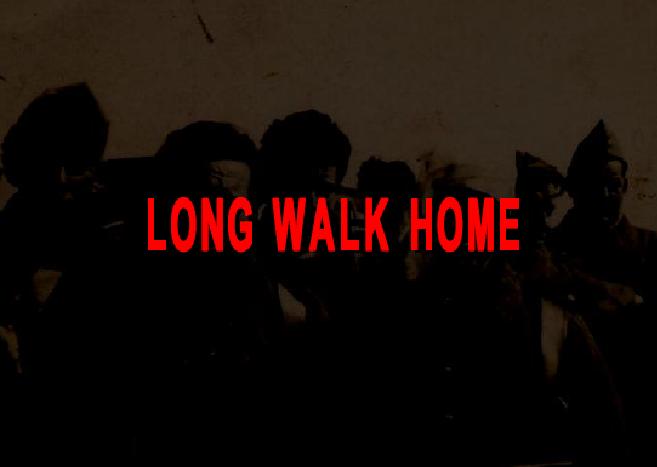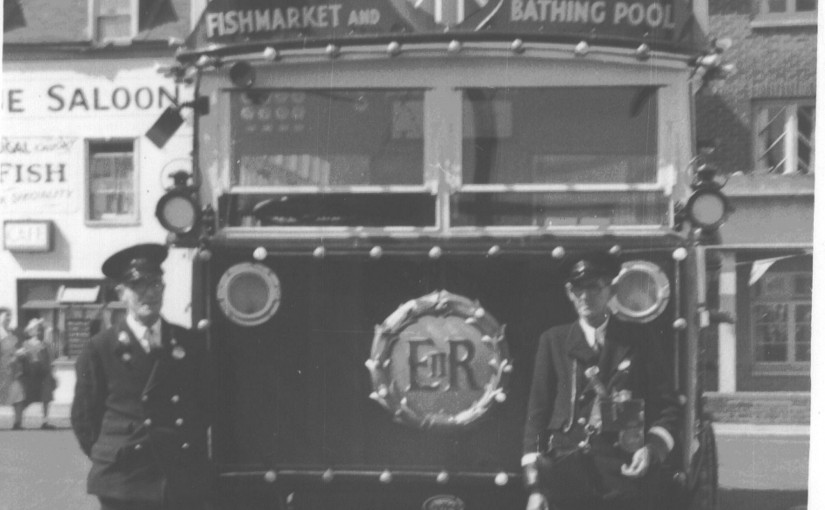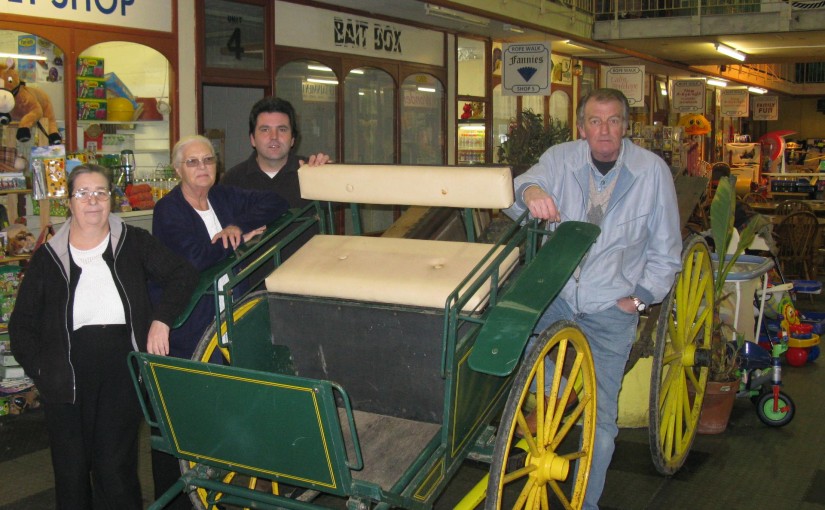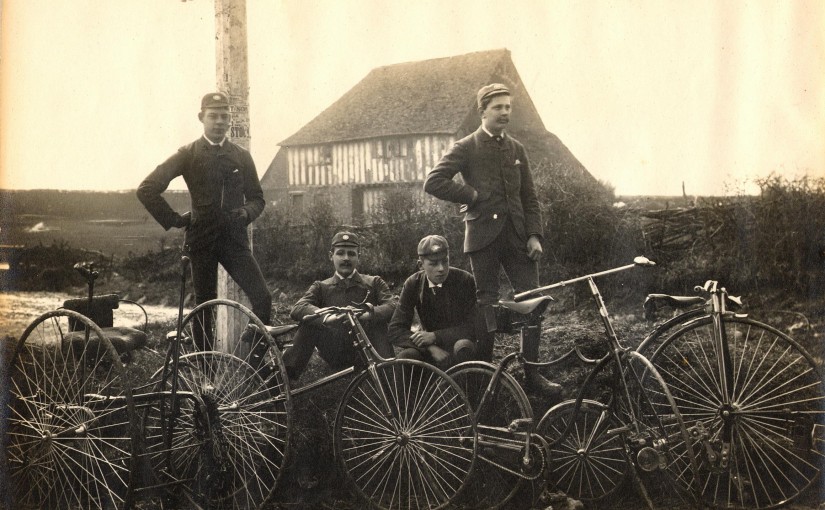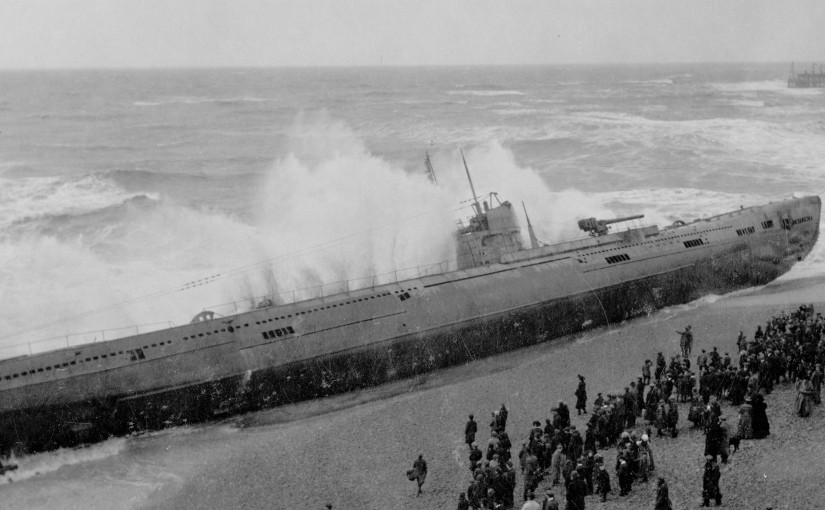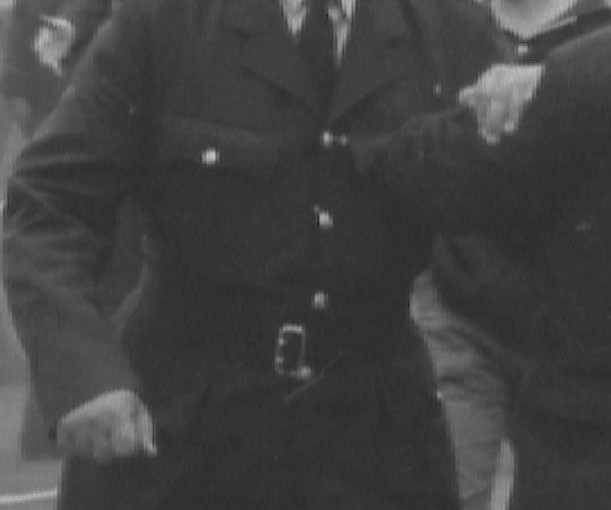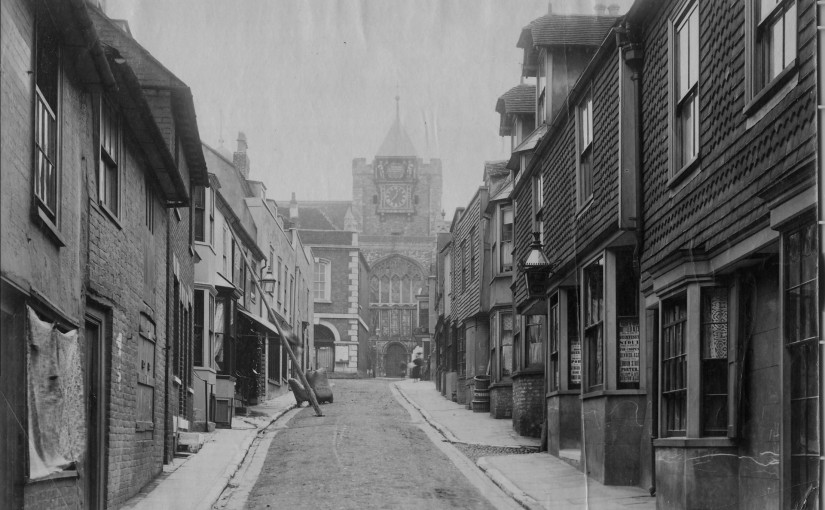Draper’s Mill, also known as Tivoli Mill and Silverhill Mill took its name from the Draper family who ran it for several decades. Draper’s was a smock windmill standing on the site of a previous mill which burned down in 1867. (Some reports suggest 1865) This new larger mill was rebuilt by Agricultural Engineers from Catsfield for the Draper family around 1866 (possibly as late as 1868) and was in use until 1941. Continue reading Draper’s Mill
Month: February 2008
It Was Hitler’s Fault
By Eric Streeton.
Over the years in conversation with friends and acquaintances some had been surprised to learn that I was born in Rye. How come then Eric? Was the usual comment, I thought you were a Winchelsea man. Well it’s like this, it was Hitler’s fault. During the Second World War my Mother, Father, and Sister Pauline’s home was in Winchelsea, at No 4 Salutation Cottages in Castle Street. On the 13th of January 1943 a German plane passed over the town and dropped two bombs. One for some reason allegedly bounced and finished up in the Tan yard, but the other one exploded on the cross roads of Mill Road and Castle Street. The blast sent a cloud of debris along the rest of Castle Street, andSt Thomas Street shaking plaster from the School ceiling, and just reaching Friars Road. One youngster picked up a lump of shrapnel for a souvenir, and then received a reprimand for taking it to school with him. Another family living in North Street had their breakfast ruined when glass was blown through the kitchen window while porridge was still on the stove. The time was approximately 8.50 am. Castle Cottage, The Post Office. Five Chimneys, Boundary House and the Salutation Cottages were the worst affected. Number 4 Salutation Cottage, was no more. On the casualty list of that day was my Mother and my Sister Pauline. My Sister was just about six weeks past her second birthday; both were buried in the rubble. The reason they were able to find them with comparative ease was my Sisters screams could be heard for miles. According to one old lady, my mother was toasted Hero of the day for her selflessness when she was heard to say to their rescuers, don’t worry about me, please save my child. (This would have been typical of Mother) Mother was taken to Rye Hospital with her injuries but I have no documented evidence of this, but I do have a first hand account of Mother being in Hospital. A chance meeting and conversation one day with a local Rye woman bought another tale to light. As a five year old she was machine gunned by a German plane as she was crossing the school play ground in Ferry Road, on the 15th of January and taken to Rye Hospital. She told me how the older women had looked after her, and that it was my Mother who had taught her to play whist. I do know that Mother was re admitted to Hospital again in November, I still have in my possession her release papers from that spell in Hospital. Father was still over seas in the Army and powerless to help. Mother and Pauline moved into temporary accommodation above the Queens Head in the Landgate and from there down to number two Western Place over the Sluice with Grandma Streeton. Very soon they were on the move again, this time to Ferry Road, at number eight, in a flat over the Butchers Shop, and it was while living there that I was born.
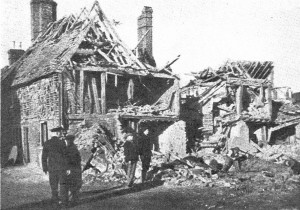
Up until my Mothers death in 1964, it was not uncommon for her to pick shards of glass from off her body; it was quite common place to see Mother with her leg up on a chair in front of her self picking glass from it. Many times I watched my Father picking glass from her scalp.
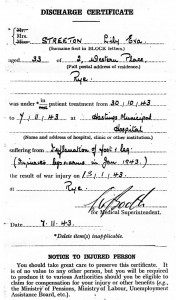
I have always felt that with so much glass in her body for all this time it must have contributed to the Cancer that finally ended her life aged just fifty four.
Earlier on last year I was looking at a B. B. C. Web Site which contained people’s reminiscences of World War Two. Here I found another woman’s account of this day in Winchelsea. She was around the same age as my Sister at this time, and also lived in the Salutation Cottages. (She also had a very interesting story to tell.) So with the help of a local Winchelsea family who had contact with this woman I was able to arrange contact between her and my Sister. If it had not been for that bomb, on that day, it would have been quite probable that they would have become acquainted. So now after sixty four years they have at last become acquainted. (Check her story out on the B.B.C Web site it’s well worth a read. The story can be found by using the following link.
http://www.bbc.co.uk/ww2peopleswar/stories/45/a2050345.shtml)
“Rye’s Own” February 2008
All material and pictures on the Rye’s Own Website are subject to strict Worldwide copyright.
The Long Journey Part Four
Michael Whiteman’s Graphic Account of His Days as a P.O.W. in World War Two.
Part Four: January 1944
Could the end be in sight?
So came January and towards the end a party was sent out to Sosnowiec. It was an iron works, electric plant plus it had its own coal mine, making coke. We were pulling down two areas for re-building. One morning we all refused to go to work, saying that they were making us work too hard, as we stood on parade the German in charge with a guard counted ten men, me amongst them, put us up against the wall – I thought “Iv’e been here before”. Threatened to shoot us if we did not go to work. Our Sergeant in charge said “OK lads, we’ll go back to work and see if we can get it sorted”. This we did to our advantage, early in May we were seeing train loads of political or Jewish POW s going to Auschwitz. Poor devils. We used to wave to them as our camp was close to the line. We did know what was happening to them because the Polish workers we worked alongside told us, they all seemed to know but kept it to themselves. Continue reading The Long Journey Part Four
Happy Harold
A brief history of an unique vehicle by Ion Castro of the Hastings Trolleybus Restoration Group.
On the first of April 1928 Hastings was in the forefront of transport technology, the ageing fleet of tramcars on their worn out track was being replaced with trolleybuses; these electrically powered vehicles were freed from the constraint of rails and ran, quietly and efficiently on pneumatic tyres, just like ‘ordinary’ internal combustion engined buses but without the noise, vibration and fumes. Trolleybuses drew their power from wires suspended above the road carrying 500 volts DC. Continue reading Happy Harold
Rye’s Own Indoor Shopping Centre
A change of name has done wonders for the Rope Walk Mews (formerly the Rope Walk Centre). The whole place has been transformed, customers are greeted at the door by a huge range of colourful plants and bushes at prices that have stirred the hearts, and pocket, of all local gardeners.
Inside a couple of brightly coloured pony carts bring memories of the time the building was used as a stable for Wright and Pankhurst’s horses. Continue reading Rye’s Own Indoor Shopping Centre
Hastings & St Leonards Cycling Club
Part One – The Early Years
It was in the Parlour Bar of the Old Swan Hotel in Hastings High Street on a cool September evening that the first discussions about forming a bicycle club in the town took place.
Under the soft, flickering glow of candle and oil lighting a small group of men, including F. Garrett (son of a well known doctor of Havelock Road, Hastings), E. C. Gilbert and T. Butchers decided the time had come for Hastings & St. Leonards to have an official title, the few bicycle riders that the town boasted should ride together in one group for safety and comradeship. Continue reading Hastings & St Leonards Cycling Club
The Long Journey Part Four
Michael Whiteman’s Graphic Account of His Days as a P.O.W. in World War Two.
Part Four: January 1944
Could the end be in sight?
So came January and towards the end a party was sent out to Sosnowiec. It was an iron works, electric plant plus it had its own coal mine, making coke. We were pulling down two areas for re-building. One morning we all refused to go to work, saying that they were making us work too hard, as we stood on parade the Continue reading The Long Journey Part Four
German U-Boat on Hastings Beach
“There’s a U-Boat on the Beach”
Helen Davies looked out of her window at The Queens” on Hastings Seafront and saw a submarine washed up on the beach. It was the morning of 15 April 1919.
The Great War had been over for five months and the people of Hastings were beginning to come to terms with their losses and starting out on a new peacetime life. Helen looked down from her high vantage point at the terrible instument of war and her thoughts turned back over the two short years since her Tom had been lost at sea, his ship being a U-Boat victim. Was it possible that this same submarine being battered by the high tide, could have been the very one that killed her man? How had the U-118, for that was the number of the craft, arrived at Hastings?. Continue reading German U-Boat on Hastings Beach
Mods Invade Hastings
By Jim Hollands
It was the year of the fashion rebellion. Topless swimsuits and dresses were being displayed in public, Carnaby Street was the centre of Universe, and two youth movements – Mods and Rockers- made up principally of young, mainly working class Britons with cash to spend, were making the headlines. Continue reading Mods Invade Hastings
Not Much Traffic Then
Another great old Rye photograph, this time from the Eric Streeton Collection. ‘Lion Street on a gloomy day’. Continue reading Not Much Traffic Then
